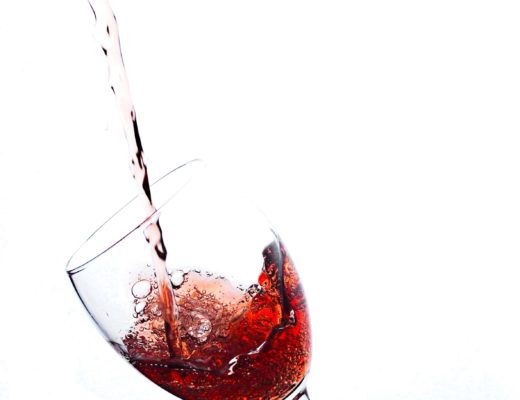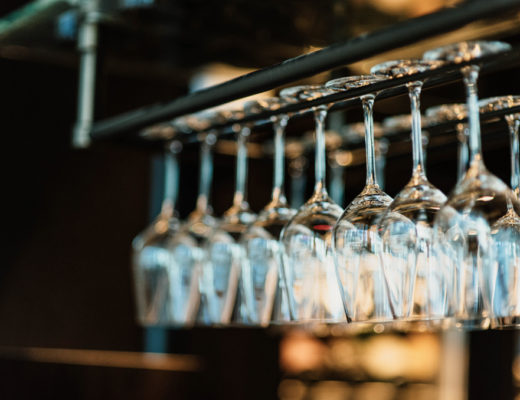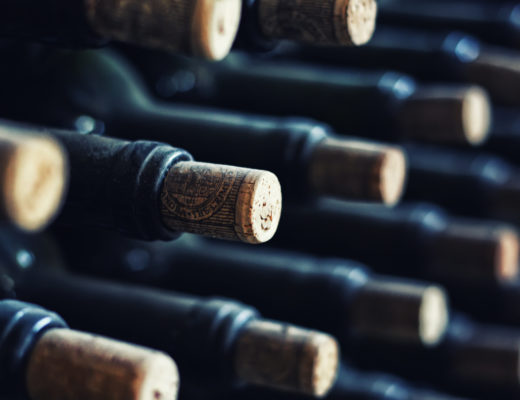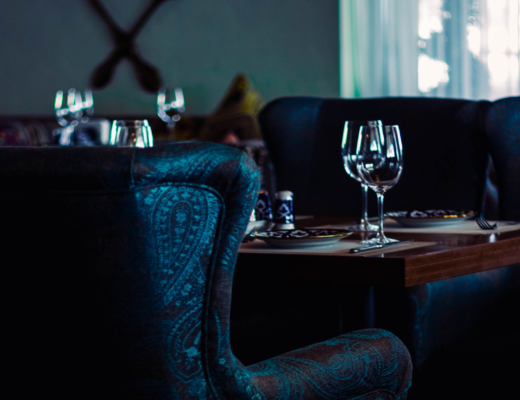As we’re all aware, the world of wine is one which can sometimes seem overrun with rules, regulations, guidelines and the potential for a whole range of social faux pas. For those starting to get into wine, this can be more than a little intimidating. Indeed, for more than a few newcomers, the sheer number of ‘do’s’ and ‘don’ts’ is enough to knock their confidence, if not put them off altogether.
Let’s get one thing straight, before we dive in any deeper. There’s no right or wrong way to taste wine. At its essence, wine is something to be enjoyed. It’s a drink which has been shared among friends for thousands of years, and it really doesn’t do anybody any good to become in any way self-conscious while drinking a new favorite vino.
That being said, there is – of course – a ‘formal’ way to taste wine, and this is something which does need to be learned should you wish to attend any sort of organized tasting, or visit some cellar doors in the future. It’s perfectly arguable, too, that this formal method does give you the chance to heighten your wine-drinking experience, due to the fact that it is based on taking your time, and appreciating each individual facet of the wine itself. So, without further ado, let’s explore the classic method of tasting wine and how it will allow you to uncover aspects of your drink which you may otherwise have missed.
Using Your Eyes
Wine tasting is a multi-sensory experience, and one which allows you to take in a glass of wine in all its glory. The first stage of any wine tasting experience requires you to take a good look at the wine, and spend a moment thinking about its color, clarity and texture. Pointless? Not at all. Wine is a vastly varied drink when it comes to color – it ranges from the palest greens and yellows to the inkiest purples and deepest reds – and by considering the color, you’ll be able to prepare your palate for what to expect as it hits your tongue.
Let’s take a moment to consider the colors of white wines, and what they may represent. Very pale colors suggest that the wine had minimal contact – if any at all – with oak, and as such, should be bright, fresh, zesty and acidic. Darker, honey-toned wines were most likely aged in wood, and as a result will probably be softer, more rounded, and boasting a richer flavor profile.
Similar estimates can be made with red wine, too, although certain red wine grapes are naturally deeper or brighter in color than others. Brighter, more scarlet-colored red wines are more likely to be lighter in body, fresher, and more easy-drinking than darker numbers, simply due to the fact that – as with white wines – they are less likely to have been considerably aged. Deep purple, plum-colored wines (such as Bordeaux or Barolo) on the other hand, will have spent a considerable amount of time in oak, and as such will probably have a greater intensity of flavor.
Using Your Nose
The next stage of any wine tasting involves using the olfactory senses of your nose. After you’ve taken in the color, give the wine a quick sniff over the top of the glass – you’ll be able to pick up the initial aroma or bouquet, or the most prominent notes. Does anything immediately spring to mind? Perhaps not at first, but strong fruit or spice characteristics may come through straight away.
Give the wine a decent swirl in the glass, and allow the aroma to build in the bowl of your glass. Follow this by putting your nose deep into the glass, and take a proper sniff to see what you find. By swirling the wine, you’ll have allowed it to slightly oxidize, which will release all those lovely secondary aromas, of which they might be a huge number! Try to recognize the scents one by one as they hit you – white wines may smell of exotic or orchard fruits, grasses and light spices, while red wines pack in a vast array of fruit aromas, alongside everything from chocolate to tobacco smoke, leather, earth and more.
Your brain will only pick up aromas which you’ve encountered before, which means the bouquet of a wine is often very subjective; two people sat side by side may experience very different aromas and this means there really are no ‘wrong’ answers when it comes to wine tasting in this way.
…And Now Your Mouth
So, you’ve looked at your wine, you’ve given it the swirling it requires, and you’ve taken a big sniff too. By now, you’re probably desperate to get your taste buds involved, and see what your wine really tastes like!
Take a small sip of the wine, and just allow it to sit in your mouth for a moment as it rolls off your tongue, and touches the roof of your mouth, and the insides of your cheeks. Use this time to concentrate on how your sense of taste is reacting: does the wine taste like it smells? Are there new flavors and notes coming through? Is the wine particularly tannic (that drying sensation you often find with full-bodied red wines), acidic, or mellow? Is there a residual sweetness, or are you hit with a bone-dryness and clarity instead?
Once you’ve gotten a clear idea of what your wine is saying to you while on your tongue, swallow it (spitting really isn’t necessary unless you’re tasting huge quantities of different wines), and take a moment to consider the aftertaste, and whether any new flavors have arisen.
It’s always a good idea to taste wine in company. Why? Because it gives you an opportunity to share your ideas, compare notes, and push each other to delve more deeply into your senses. Don’t be intimidated, don’t worry about being ‘wrong’ and don’t be afraid to have as many sips as it takes to establish what that particular wine means to you. Take your time, relax, and enjoy… because that’s what wine tasting is really all about.





